A Brief History of Venetian Glassblowing
Venetian glassblowing, renowned for its artistry and innovation, has played a significant role in shaping the history and culture of Venice. This ancient craft, with its roots deeply embedded in the Venetian tradition, has not only influenced art and design but also the global appreciation of glass art. In this article, we will explore the fascinating history of Venetian glassblowing, its cultural significance, and where you can experience this timeless tradition today.
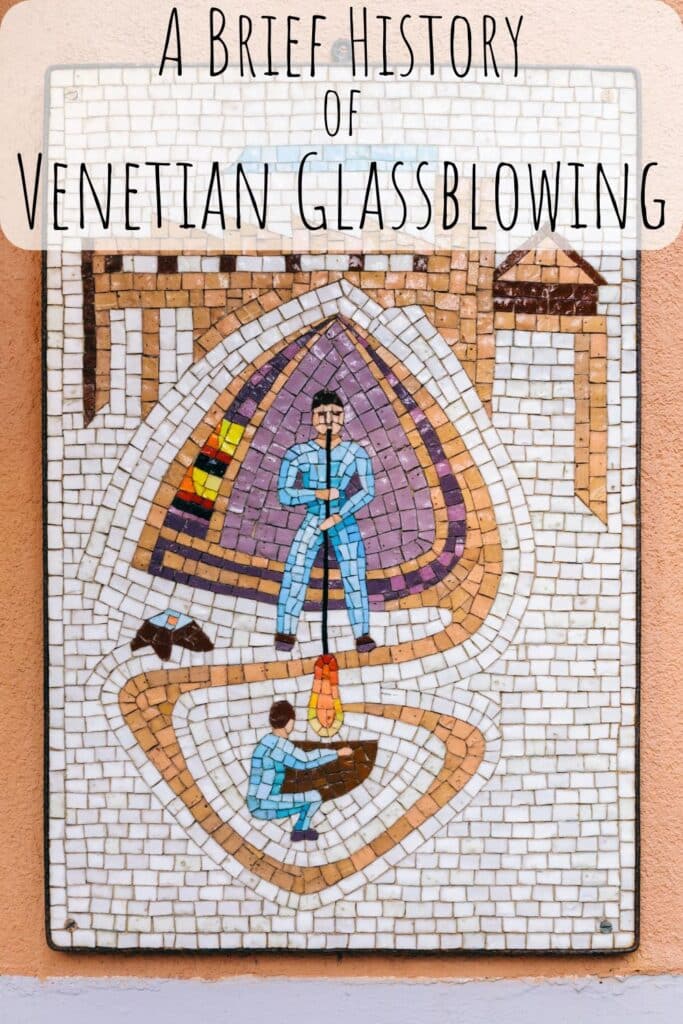
The Origins of Venetian Glassblowing
Glassblowing in Venice dates back to the 1st century AD, but it was during the Byzantine Empire that Venice began to establish itself as a prominent center for glass production. The art of glassblowing was introduced to Venice by artisans who settled on the Venetian islands, bringing with them techniques from the ancient Roman world. By the 13th century, Venetian glassblowing began to flourish, with Venice emerging as a leading hub for glassmaking in Europe.
The establishment of glassmaking on the island of Murano was a significant turning point. In 1291, the Venetian Republic, recognizing the importance of the craft and the potential risks of fires in the densely built city, mandated that all glass furnaces be relocated to Murano. This move was not only a precautionary measure but also a strategic decision to protect the secrets of Venetian glassmaking, which were highly prized across Europe and beyond.

Techniques and Innovations
Venetian glassblowing is renowned for its sophisticated techniques and innovations. One of the most celebrated methods is the “murrine” technique, which involves creating intricate patterns by layering colored glass rods and then slicing them into cross-sections. This method, which dates back to Roman times, was perfected by Venetian artisans, resulting in stunning, multicolored designs that became highly sought after.
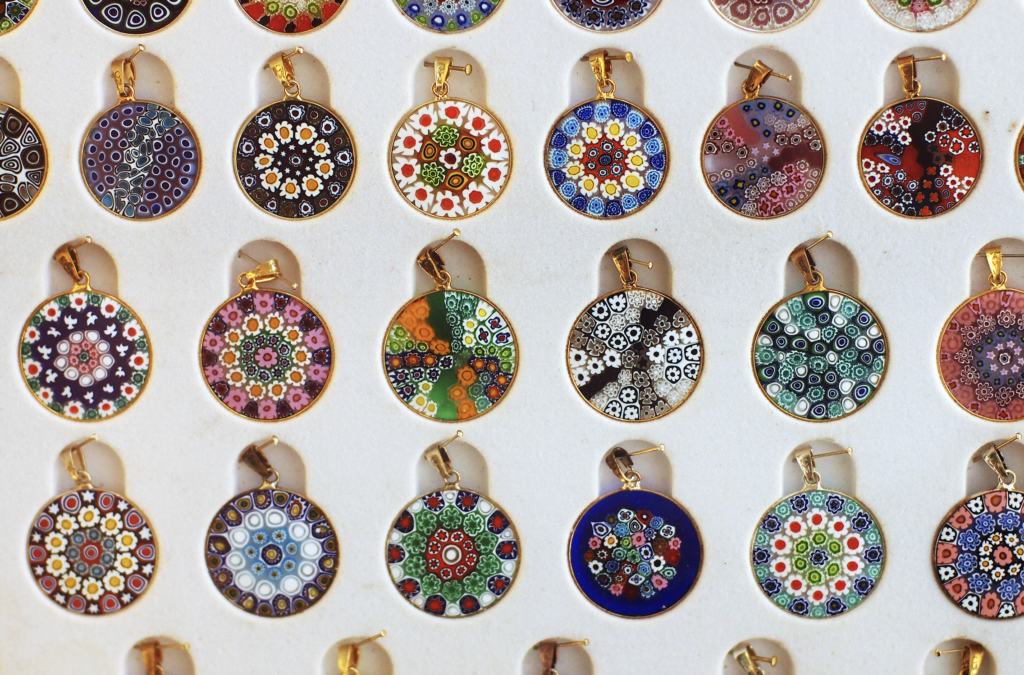
Another significant innovation in Venetian glassblowing is the “sommerso” technique. This method involves encasing layers of different colored glass within a clear glass form, creating a three-dimensional effect with remarkable depth and luminosity. The sommerso technique exemplifies the Venetian artisans’ skill in manipulating glass to achieve complex visual effects.
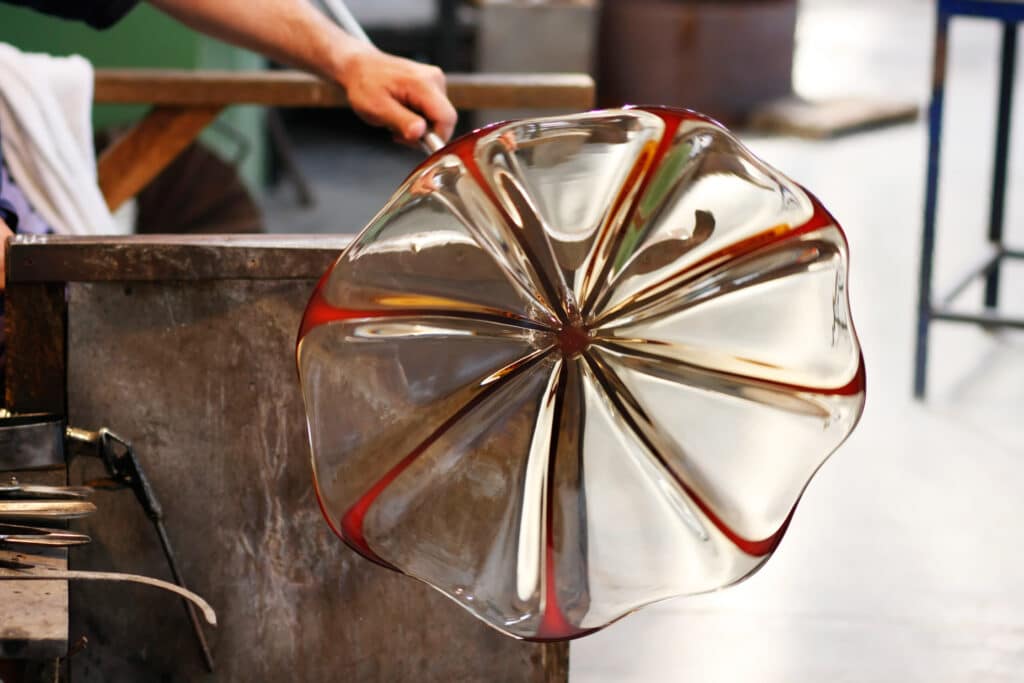
Additionally, the “filigrana” technique, which involves embedding fine threads of glass into the surface of a piece, creates delicate, lace-like patterns. This technique highlights the extraordinary craftsmanship of Venetian glassmakers and their ability to achieve intricate detail in their work.

Venetian artisans also pioneered the use of “rococo” glass, characterized by its elaborate, ornamental designs and use of gold and silver leaf. This style, which emerged in the 18th century, reflects the opulence and extravagance associated with Venetian glassware.

Cultural Significance
Venetian glassblowing is more than just a craft; it is a vital part of Venetian culture and heritage. The artistry involved in creating Venetian glass reflects the city’s rich history and its connection to trade and exploration. During the Renaissance, Venetian glass was highly prized across Europe and the Middle East, symbolizing luxury, sophistication, and artistic excellence.
The glassmaking tradition is deeply intertwined with Venice’s history as a major trading power. Venetian glassmakers exported their products across Europe and the Mediterranean, influencing glassmaking techniques in other regions and contributing to the spread of Venetian artistic styles. The global reputation of Venetian glass, with its distinctive designs and high quality, cemented Venice’s place as a leading center for artistic glassmaking.

Venetian glassblowing also holds a special place in local festivals and traditions. Glassblowing demonstrations and exhibitions are commonly featured during Venetian events, celebrating the city’s artistic legacy and ensuring that the craft remains a vibrant part of local culture. These events not only showcase the skills of contemporary artisans but also educate the public about the history and significance of Venetian glassmaking.
The preservation of glassblowing traditions in Venice is a testament to the city’s commitment to maintaining its cultural heritage. Glassmaking families have passed down their knowledge and skills through generations, ensuring that the artistry and techniques of Venetian glassblowing continue to thrive.
Iconic Venetian Glassware
Several iconic types of Venetian glassware have become synonymous with the craft. One such example is the Murano chandelier, a grand and ornate piece often featuring intricate designs and vibrant colors. These chandeliers are celebrated for their elaborate craftsmanship and are a symbol of Venetian luxury.
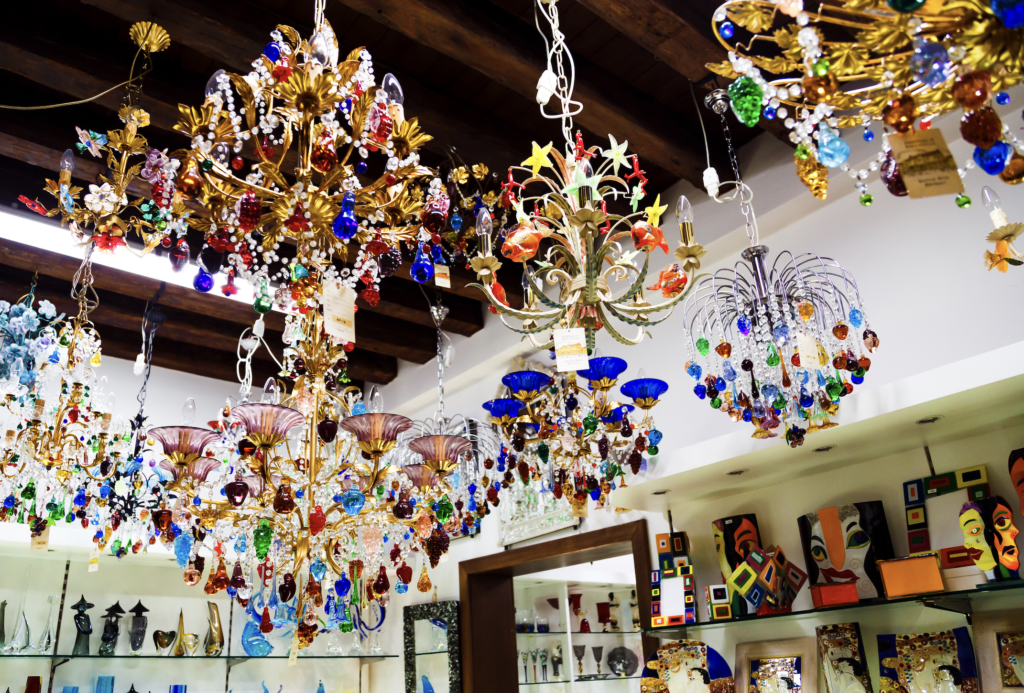
Another notable type of Venetian glassware is the “vase da fiore,” or flower vase, which often features elaborate patterns and vibrant colors. These vases are prized for their beauty and craftsmanship and are a popular collectible among art enthusiasts.
Venetian glass also includes delicate “wine glasses” and “goblets,” often adorned with intricate patterns and gold embellishments. These pieces are not only functional but also serve as decorative objects that reflect the elegance and sophistication of Venetian glassmaking.

Where to Experience Venetian Glassblowing Today
If you’re interested in witnessing the magic of Venetian glassblowing firsthand, several places in Venice offer immersive experiences:
Murano Island
The heart of Venetian glassmaking, Murano Island is home to numerous glass factories and studios. Many glass factories offer guided tours where you can watch skilled artisans at work and even participate in workshops. Souvenir shops abound–there is simply no better place to experience, learn about, and purchase Venetian glass.
Murano Glass Museum
The famous Murano Glass Museum showcases the history and artistry of Venetian glass.This museum offers a comprehensive overview of the history of glassmaking in the region. It features a vast collection of glass pieces from various periods, including masterpieces from the Renaissance. The museum provides insights into the techniques and innovations that have shaped Venetian glassmaking.
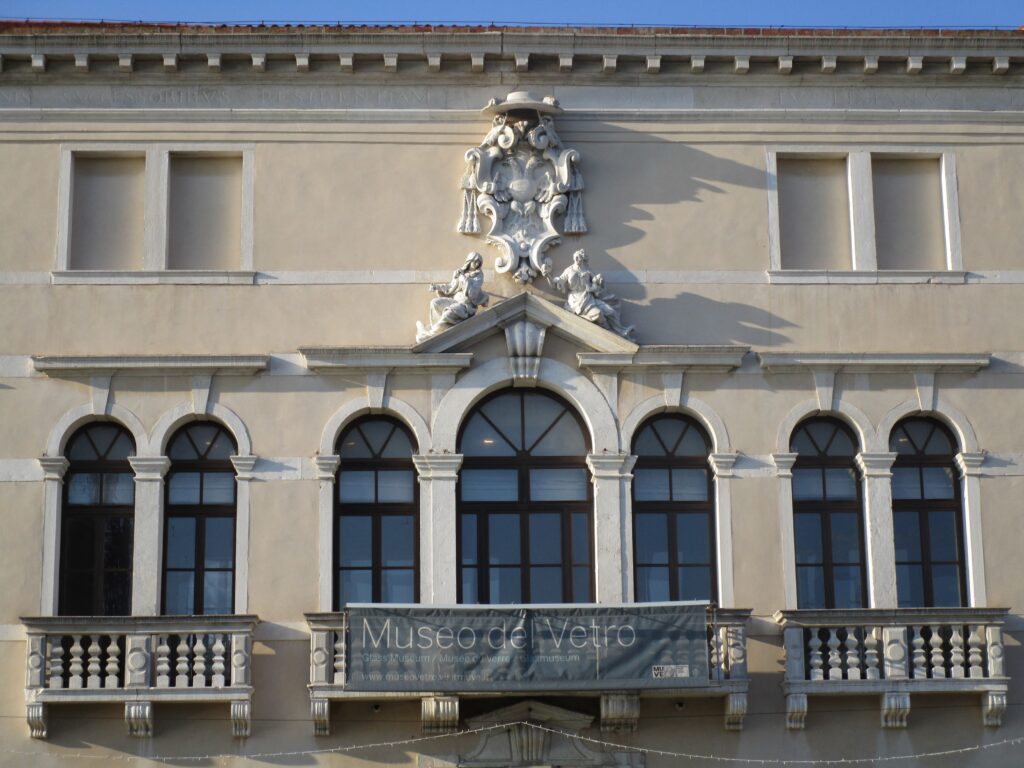
Vetreria Artistica Colleoni
This historic glass factory on Murano Island offers tours and demonstrations of traditional glassblowing techniques. Visitors can watch artisans create intricate glass pieces and purchase unique glassworks directly from the source.
Venetian Glassblowing Workshops
Several studios in Venice offer workshops where visitors can learn the basics of glassblowing. These hands-on experiences provide a deeper understanding of the craft and allow you to create your own glass piece under the guidance of expert artisans.
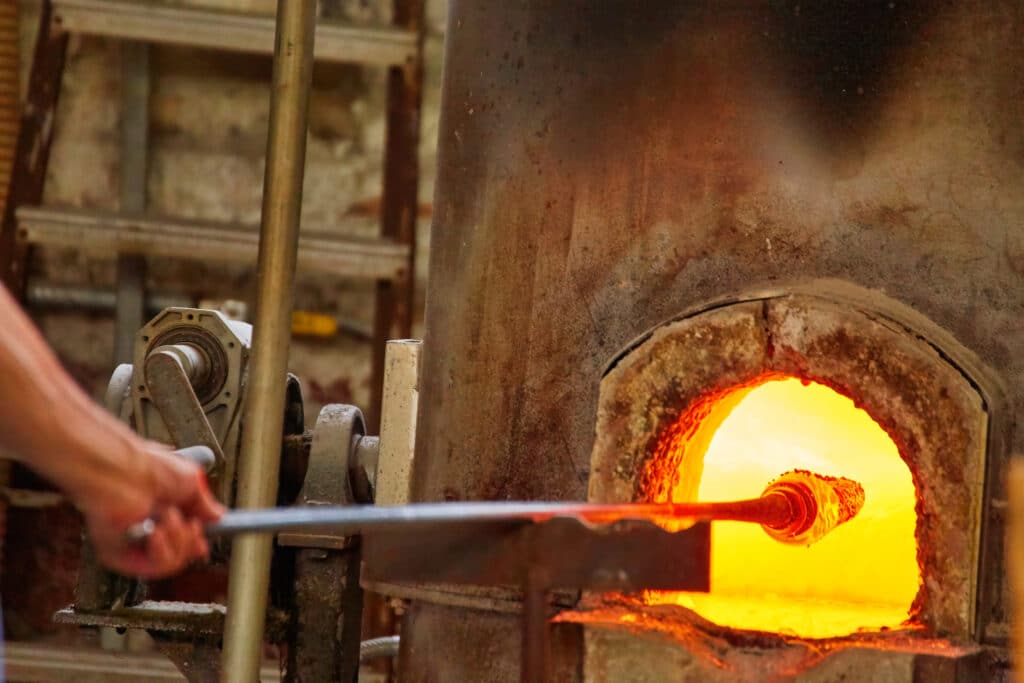
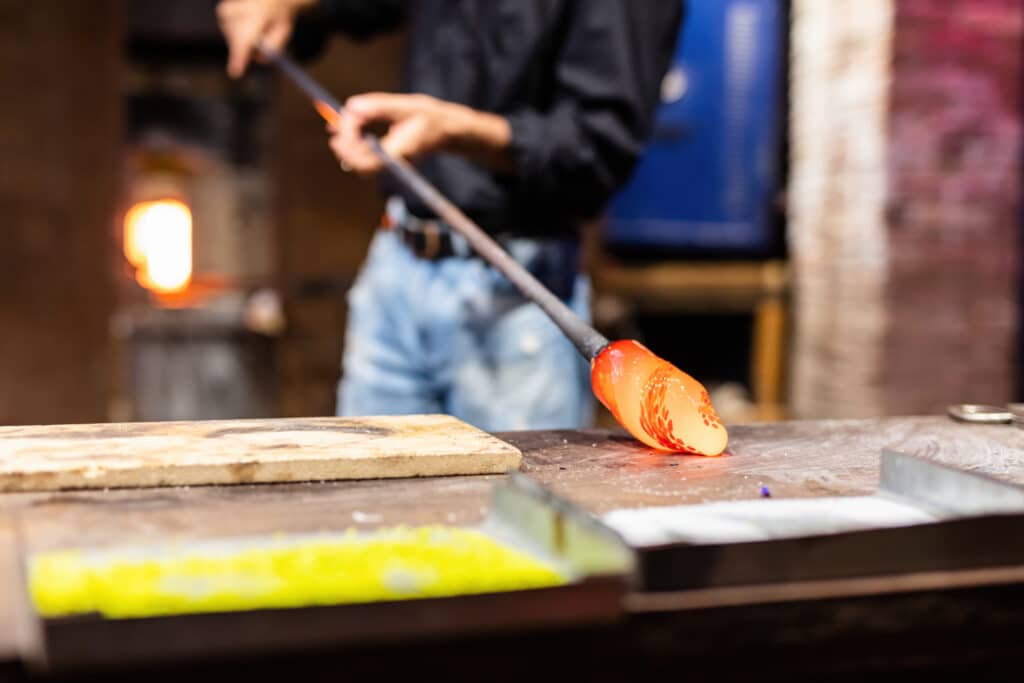
Santa Maria della Salute
Although not a glassblowing site, this iconic Venetian church often features exhibitions related to Venetian glass and its history. Visiting such landmarks can offer additional context and appreciation for the significance of Venetian glassmaking.
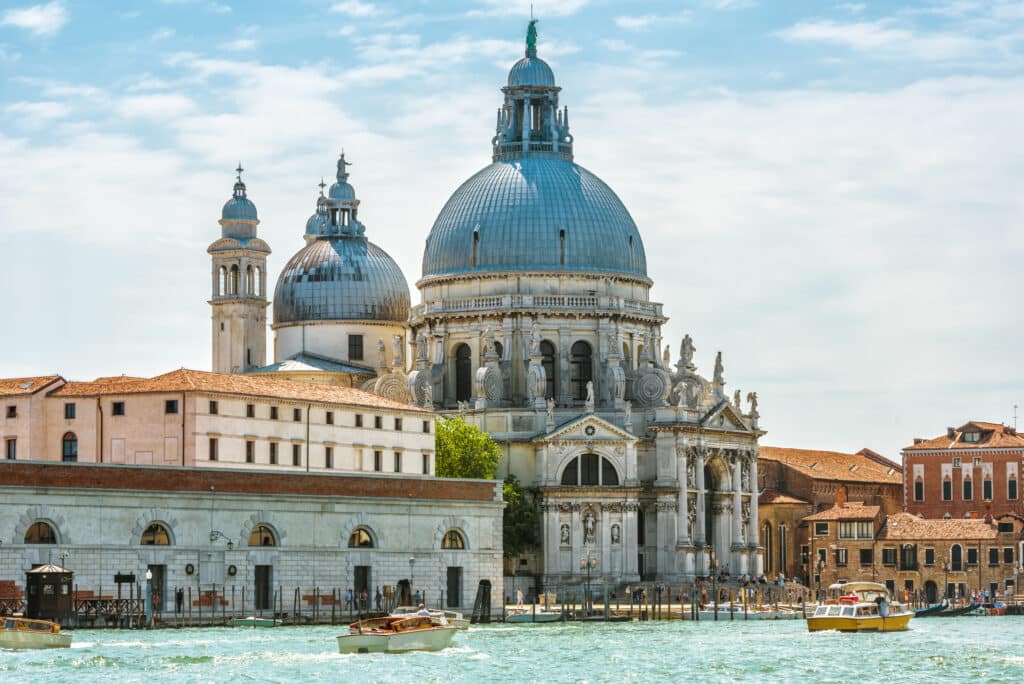
The tradition of glassblowing in Venice is a testament to the city’s rich cultural heritage and artistic innovation. From its origins in the Byzantine era to its role in Renaissance luxury, Venetian glassblowing has continually evolved, leaving a lasting impact on the world of art and design. Today, Venice remains a vibrant hub for glassmaking, offering numerous opportunities to experience this timeless craft. Whether through a visit to Murano Island, exploring local museums, or participating in workshops, there are many ways to connect with the rich tradition of Venetian glassblowing.







